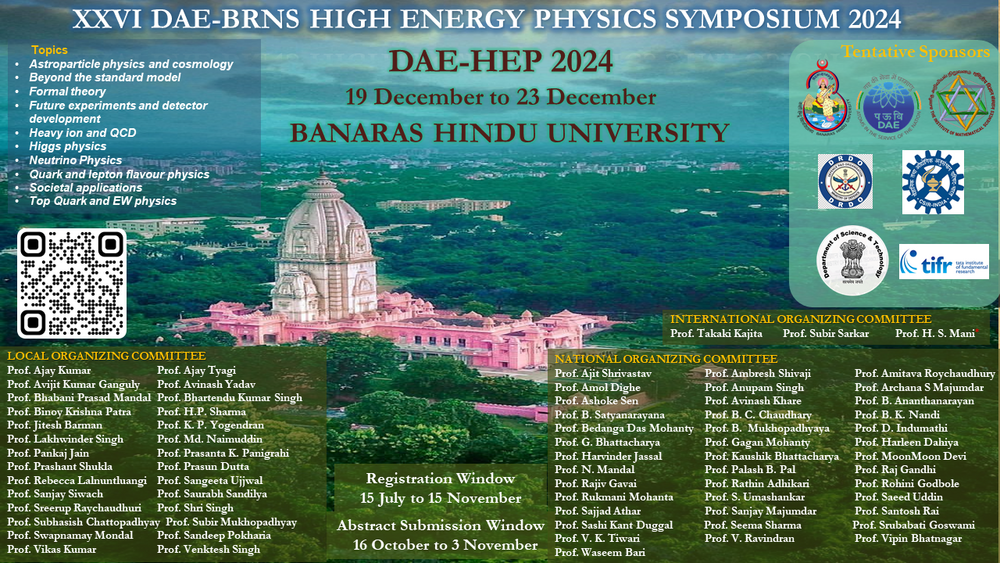Speaker
Description
We present a custom DAQ system for a test setup that characterizes some unknown scintillator paddles. In this setup, 3 scintillator paddles with known properties are used to characterize a fourth scintillator paddle. Each scintillator is read using an SiPM, where the 3 SiPMs corresponding to the known scintillators are powered from the same bias source, while the SiPM for the scintillator under test is biased independently. The signals from the SiPMs are amplified and discriminated to produce logic signals. These logic signals are fed through three- and four-fold coincidence logic, and the output is fed to an STM32 series microcontroller. The internal hardware counters are used to count the pulses within a certain time window. In case of a malfunction of one trigger scintillator, this board is also able to bypass that to measure the efficiency of the test scintillator. The time window is adjustable from the user interface. The set time window and counts are displayed on a small display attached to the microcontroller. Here choosing a microcontroller over an FPGA leads to some advantages like reduced complexity, lower cost, and faster development time, leveraging on the built-in hardware of the microcontroller such as the 32-bit CPU, hardware interrupt facilities, hardware counters, I/O interface controllers, etc.

